I am trying to understand a simple class-AB output stage. The bias voltage for the transistors is made by using two diodes. The following picture show the circuits. The currents drawn are how, i believe, the currents will flow.
I want to understand the currents, to be able to find a value for the resistor, R.
Especially i am thinking of the following:
- Is the transistor Q2 solely driven by the input? I think this as there is no other path for the base current.
- Will the current through R be used for driving the transistor Q1 and the diodes?
Then, if this is the case, how can a reasonable value for the resistor R be found?
I know that the lowest possible voltage across R is 5.5 V, and i know that I_C for Q1 is at most 260 mA. Given this i believe that the minimum current for driving the transistor is: $$R = \frac{5.5}{(\frac{0,260}{\beta})}$$
This i enough current for driving the transistor, but how is it possible to determine the needed current through the diodes? I suspect that it is a quite low current. Will the easiest way to just undersize the resistor, and forget about the diodes?
